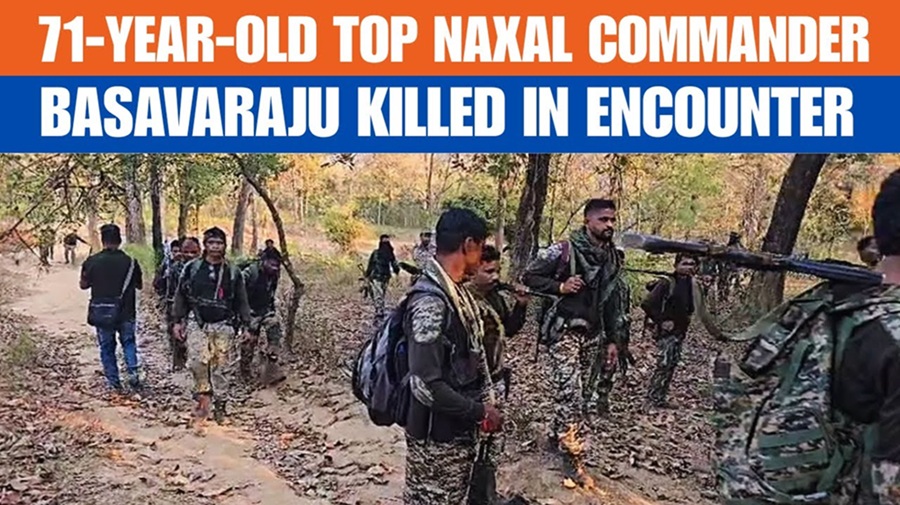Introduction
In a significant development in India's fight against left-wing extremism, security forces eliminated 27 Maoist insurgents, including Nambala Keshava Rao, alias Basavaraju, the General Secretary of the Communist Party of India (Maoist). This operation, conducted in the dense forests of Abujhmarh, Chhattisgarh, marks a pivotal moment in the decades-long Naxalite insurgency.
The Operation
The encounter occurred on May 21, 2025, during a 72-hour-long operation by the District Reserve Guard (DRG) in the Bastar region's Abujhmarh forests. Acting on intelligence inputs about the presence of top Maoist leaders, security forces engaged in a fierce gunfight, resulting in the deaths of 27 Maoists, including Basavaraju. This operation is considered one of the most successful counter-insurgency efforts in recent times .
Basavaraju: The Man Behind the Movement
Basavaraju, born Nambala Keshava Rao in 1955 in Andhra Pradesh's Srikakulam district, was a B.Tech graduate from the National Institute of Technology, Warangal. He became involved in left-wing student politics during his college years and joined the Radical Students Union. Over time, he rose through the ranks of the Maoist movement, eventually becoming the General Secretary of the CPI (Maoist) in 2018.
Known for his strategic acumen, Basavaraju was instrumental in orchestrating several major attacks against security forces. His technical education and deep understanding of guerrilla warfare made him a formidable adversary . At the time of his death, he was one of India's most wanted individuals, with a bounty of ₹10 crore on his head.
The Encounter and Its Aftermath
Among the 27 Maoists killed, 25 were reportedly part of Basavaraju's protection detail, including 12 women . The operation also led to the elimination of other key Maoist figures, such as Jang Naveen alias Madhu and Ugendra alias Vivek, both carrying significant bounties.
The successful operation is seen as a major setback for the Maoist insurgency, effectively rendering the organization leaderless. Chhattisgarh Chief Minister Vishnu Deo Sai declared that the state had "put the last nail in the coffin of Maoism," emphasizing the significance of this victory in the broader context of India's internal security.
Celebrations and Recognition
Following the operation, DRG personnel celebrated their success with colors and music, reflecting the morale boost and sense of accomplishment among the forces . The collective bounty of over ₹12.3 crore on the killed Maoists is expected to be distributed among the personnel involved in the operation, recognizing their bravery and dedication.
Broader Implications
The elimination of Basavaraju and his close associates is a significant milestone in India's ongoing efforts to eradicate the Maoist insurgency. Once active in over 200 districts, Maoist influence has now been reduced to a handful of states. The government's intensified campaign, including operations like Operation Kagar, aims to eliminate the insurgency by March 2026.
Conclusion
The death of Basavaraju marks a turning point in India's battle against Naxalite extremism. While challenges remain, this operation demonstrates the effectiveness of coordinated intelligence and security efforts. As India continues its pursuit of peace and stability in affected regions, the hope is that such decisive actions will pave the way for lasting solutions to the underlying issues that have fueled the insurgency.
